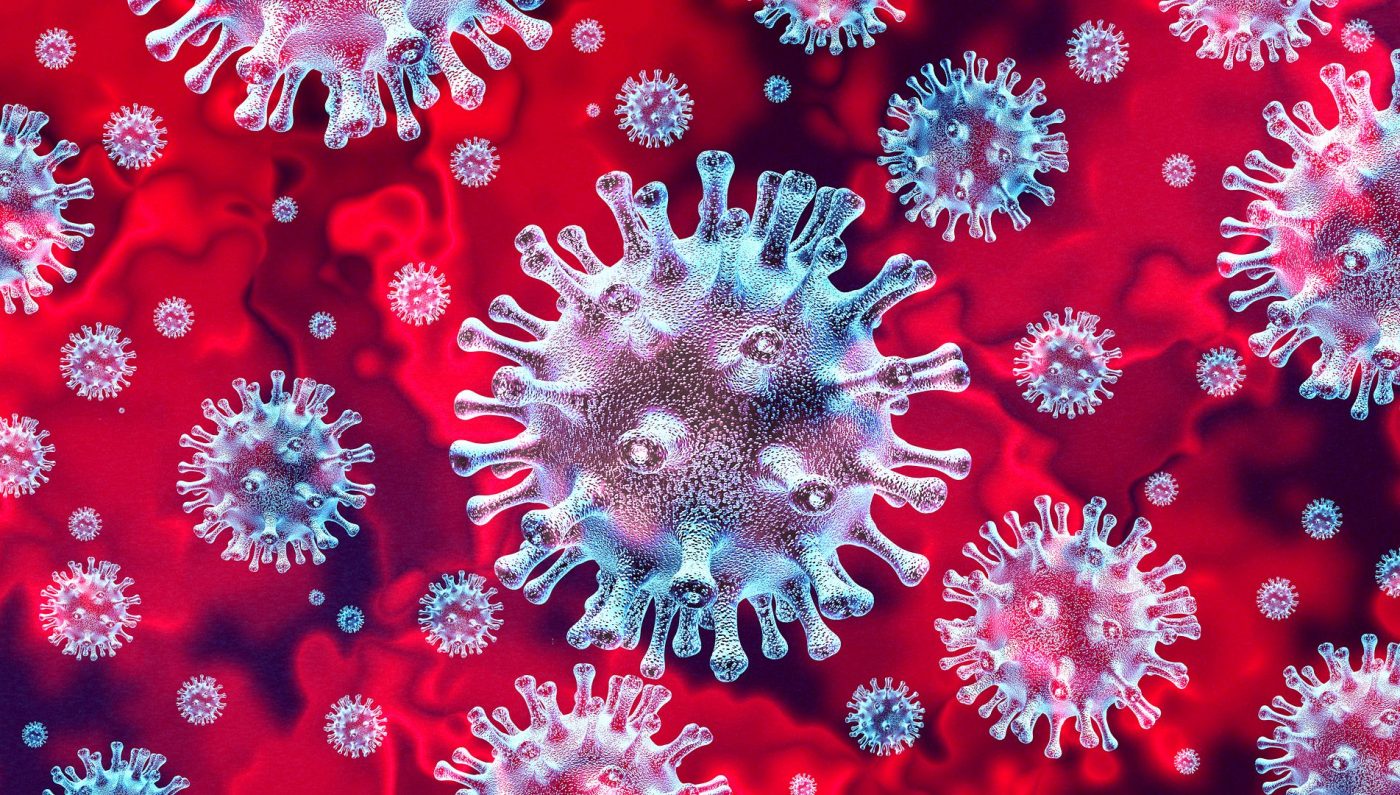#MDA2021 – Pandemic Added Access Challenges for Patients Surveyed Globally

Editor’s note: The Muscular Dystrophy News Today team is providing in-depth coverage of the 2021 MDA Virtual Clinical and Scientific Conference, March 15–18. Go here to read the latest stories from the conference.
During the COVID-19 pandemic, people with certain muscular dystrophies reported moderate stress and challenges in areas such as access to treatment and essential items, and difficulties with social distancing, a worldwide survey reports.
Strategies such as exercise, and pain and stress management lessened symptoms in some individuals and need to be considered for those patients impacted most by the pandemic, scientists said. Survey respondents included people with facioscapulohumeral muscular dystrophy (FSHD), myotonic dystrophy (DM), and Limb-Girdle muscular dystrophy (LGMD).
The results were presented in a poster, titled “A Patient-Focused Survey to Assess the Effects of the COVID-19 Pandemic and Social Guidelines on People with Muscular Dystrophy,” at the 2021 MDA Virtual Clinical & Scientific Conference.
To control the spread of COVID-19, unprecedented changes were implemented in social conventions worldwide, limiting access to medical care or causing changes to care delivery management.
Many of the multidisciplinary clinics that provide standard care for people with muscular dystrophies (MDs) were placed on pause at the beginning of the pandemic.
Along with the change from face-to-face encounters to telehealth visits, MD patients may be homebound with mobility issues and require assistance from caregivers, which may also be limited by the pandemic. Cancellation of physical therapy and the closure of gyms and public recreation facilities represent additional challenges.
Also, certain MD types are associated with heart and lung complications, which put these patients at higher risk.
However, a clear understanding of the effects of the pandemic on people with MD is still lacking.
To learn more, the COVID-19 and Social Policy Impact Survey was developed by researchers at the University of Rochester Medical Center, the University of Kansas Medical Center, and Virginia Commonwealth University, with input from other MD researchers, organizations, advocacy groups, and patients.
Along with demographics and medical history, participants were asked questions about how the pandemic affected pain, exercise, mental health, and medical care, and about their experience with telehealth and research study participation. The Perceived Stress Scale was used to measure overall stress — a 10-item inventory to assess stress with scores from 0 to 40, in which higher scores indicated more stress.
The researchers distributed the survey via patient registries and advocacy groups to people with self-reported and/or genetically confirmed FSHD, DM, or LGMD.
Respondents included 1,317 participants from 27 countries, ranging in age from 9 to 87, of whom 60% were female and 85% live with other people. Specifically, 434 had FSHD, 271 had DM, 69 had LGMD, and 48 were classified with having other MDs. Full-time wheelchair use was reported mainly by those with LGMD, followed by FSHD, then DM. Most participants reported no impact on muscle disease.
Major pandemic challenges included accessing treatment, managing stress, keeping socially distant from others, and obtaining essential items. Each of these factors affected at least 30% of participants overall and within each MD subtype.
More people with LGMD (about 15%) lost employment than DM or FSHD patients. Pain was experienced by 74.4% of respondents, resulting in a higher rate than before the pandemic across all subgroups.
Exercise decreased across all MDs, with less than 25% reporting an increase in exercise activity. While 75% said they preferred in-person healthcare visits, 76% were satisfied with telemedicine visits. Also, 94% said they would continue participating in research studies.
The Perceived Stress Scale score was similar across different MDs, with FSHD scoring 14.7, DM reporting 16.1, and LGMD 16.5.
Women reported higher stress levels than men did (16.8 vs. 13.3), as did those under age 30 (20.0) compared to patients between 30 and 60 years (16.4) and patients older than 60 (13.1). Stress scores were similar to those reported in the general population.
Among the participants who reported symptom easing, the main help came from exercise, less pain, and stress management, such as sleep, rest, and meditation.
“People with muscular dystrophy reported moderate stress and challenges during … the COVID-19 pandemic,” the team wrote. “Interventions like exercise and stress-coping strategies, including strategies specific to women or individuals [under] 30 years, may be important.”
“Further investigation is needed into the role of telemedicine in the care of individuals with MD,” they added.






